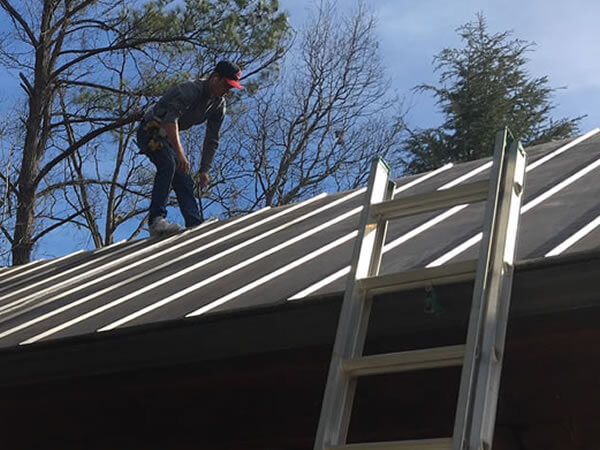According to Floridadisaster.org ‘Lightning occurs with every thunderstorm and, on average, Florida sees around 70-100 days a year with at least one thunderstorm in the state. Because of Florida’s vulnerability to thunderstorms and lightning, lightning is one of the most deadly weather hazards in the Sunshine State.‘
According to Tampa Bay Lightning ‘Florida recorded most lightning deaths in 2021, all of them along Gulf Coast.’ ‘As it often does, Florida recorded more deaths from lightning strikes than any other state in 2021.‘
Why is Florida susceptible lightning? This is primarily due to sea breeze storms and it’s tropical climate. Moreover, Florida has a lot of heat and moisture and that leads to an unstable atmosphere allowing for thunderstorms.
Coastal Lightning Rods of Florida is able to design and install the right lightning protection system for any site, and ensure that your installation is carried out with high standards and compliance.
Why Lightning Protection?
The highly conductive copper and aluminum materials used in a lightning protection system provide a low resistance path to safely ground lightning’s dangerous electricity. The materials and components for a lightning protection system are UL-listed and manufactured specifically for lightning protection. A lightning rod (US, AUS, CA) or lightning conductor (UK) is a metal rod mounted on a structure and intended to protect the structure from a lightning strike. If lightning hits the structure, it will preferentially strike the rod and be conducted to ground through a wire, instead of passing through the structure, where it could start a fire or cause electrocution. Lightning rods are also called finials, air terminals, or strike termination devices.
In a lightning protection system, a lightning rod is a single component of the system. The lightning rod requires a connection to earth to perform its protective function. Lightning rods come in many different forms, including hollow, solid, pointed, rounded, flat strips, or even bristle brush-like. The main attribute common to all lightning rods is that they are all made of conductive materials, such as copper and aluminum. Copper and its alloys are the most common materials used in lightning protection. A lightning protection system should meet national safety Standards of NFPA 780 and UL 96, UL96A as failure to follow the standards or use of non-listed materials or methods can result in inadequate protection.
Contact Coastal Lightning Rods of Florida for a free estimate.
29 Years in Business. Home Advisor Screened and Approved.
Coastal Lightning Rods of Florida, provides a full range of lightning protection services including:
- Risk Assessment – We perform a risk assessments before we install the lightning protection system.
- Lightning Protection System Design – Each property is unique and has a different size and shape. We design a lightning protection system that meets all standards.
- Lightning Protection System Installation – We install the designed lightning protection system and make sure it complies to all standards and codes of practice.
- Lightning Rod Installation – Lightning rods are usually placed at the highest points of a building or structure to maximize their effectiveness in attracting lightning strikes. This could include roof peaks, chimneys, or tall masts.
- Grounding – Along with lightning rods, a grounding system consisting of grounding rods buried deep into the ground is essential. This system provides a safe path for the electrical current from a lightning strike to dissipate harmlessly into the earth.
- Retrofit Existing Lightning Protection System: Retrofitting an existing lightning protection system involves making modifications or additions to enhance its effectiveness or meet updated safety standards.
- Tests & Inspections of Lightning Protection Systems – We offer Annual testing of existing lightning protection systems.
- Lightning Protection System Maintenance & Repair – Over time your lightning protection system may damage. We provide repair service in the event of damage.


